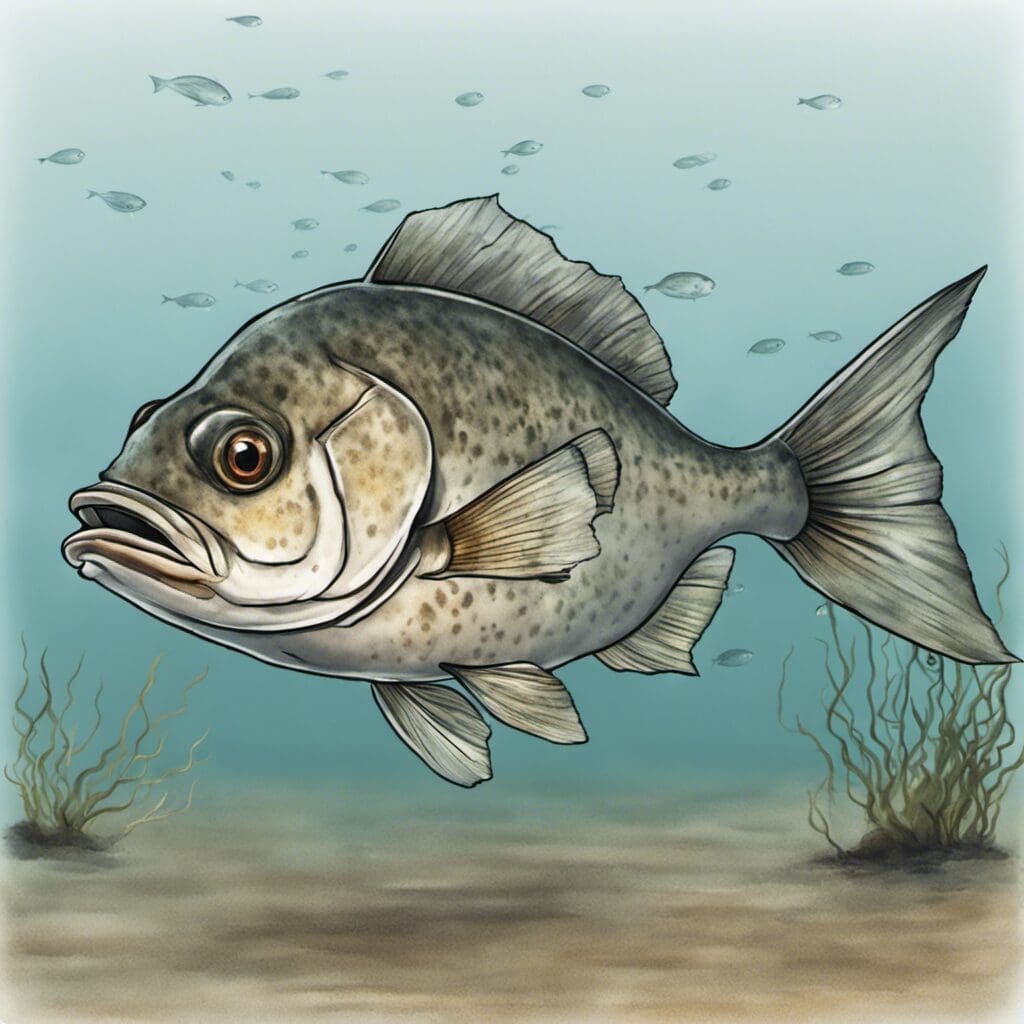Introduction
The Roudi Escolar (Promethichthys prometheus) is a species of fish in the family Gempylidae, also known known as the snake mackerels or escolars. This ray-finned fish is a truly fascinating species, revered for its unique attributes.
Conservation Status
The Roudi Escolar hasn’t been classified by the International Union for Conservation of Nature (IUCN). However, various fisheries around the world have enacted sustainable practices and regulations to ensure the species’ long-term survival.
Statistics
| Attribute | Average | Range |
|---|---|---|
| Length | 50 cm | Up to 100 cm |
| Weight | 4.5 kg | 2 - 9 kg |
| Average Lifespan | 6-8 years | Varies |
Distribution
Roudi Escolars inhabit a wide range of global waters. They are particularly prevalent in the Eastern Atlantic Ocean, from Portugal to Angola, as well as several parts of the Indian Ocean and the Western Pacific. There are no known specific migration patterns for the species at this time.
Habitats
Roudi Escolars are typically found in tropical and subtropical waters. They can be found at depths up to 600 meters. The temperature of the water they inhabit ranges between 20 to 28 degrees Celsius.
When and Where to See
While Roudi Escolars can possibly be encountered all year round, there’s a slightly higher chance of encountering them during the summer season. There doesn’t seem to be any specific time of day when they’re more active or easier to spot.
Best Fishing Locations
Finding Roudi Escolars can be a matter of luck due to their wide distribution, but here are some top locations where sightings have been reported:
- Eastern Atlantic: Portugal
- Indian Ocean: Maldives
- Western Pacific: Philippines
How to Catch
While there’s no specific preferred bait for Roudi Escolars, they are more likely to be attracted to small fish and squid. Techniques such as trolling and bottom fishing could yield good results.
Identification Guide
The Roudi Escolar is predominantly silver in color, with a dark blue or black back. They have a characteristic ridge along their body and two dorsal fins. They can be differentiated from similar species by their significantly longer pectoral fins.
Culinary
Roudi Escolar is appreciated for its lightly flavored, firm, and somewhat oily texture. It can be grilled, broiled, or fried. The fish is rich in protein, but due to its high oil content, it’s recommended to consume in moderation.
Additional Information
The Roudi Escolar feeds primarily on other fish and squid. Their natural predators include larger fish and sharks. They don’t seem to hold any significant cultural or historical significance, but they are notable in the aquaculture industry for their commercial value.
References and Further Reading
Currently, there are no specific recommended readings for the Roudi Escolar. However, resources like FishBase and SeaLifeBase can provide additional species-specific information

